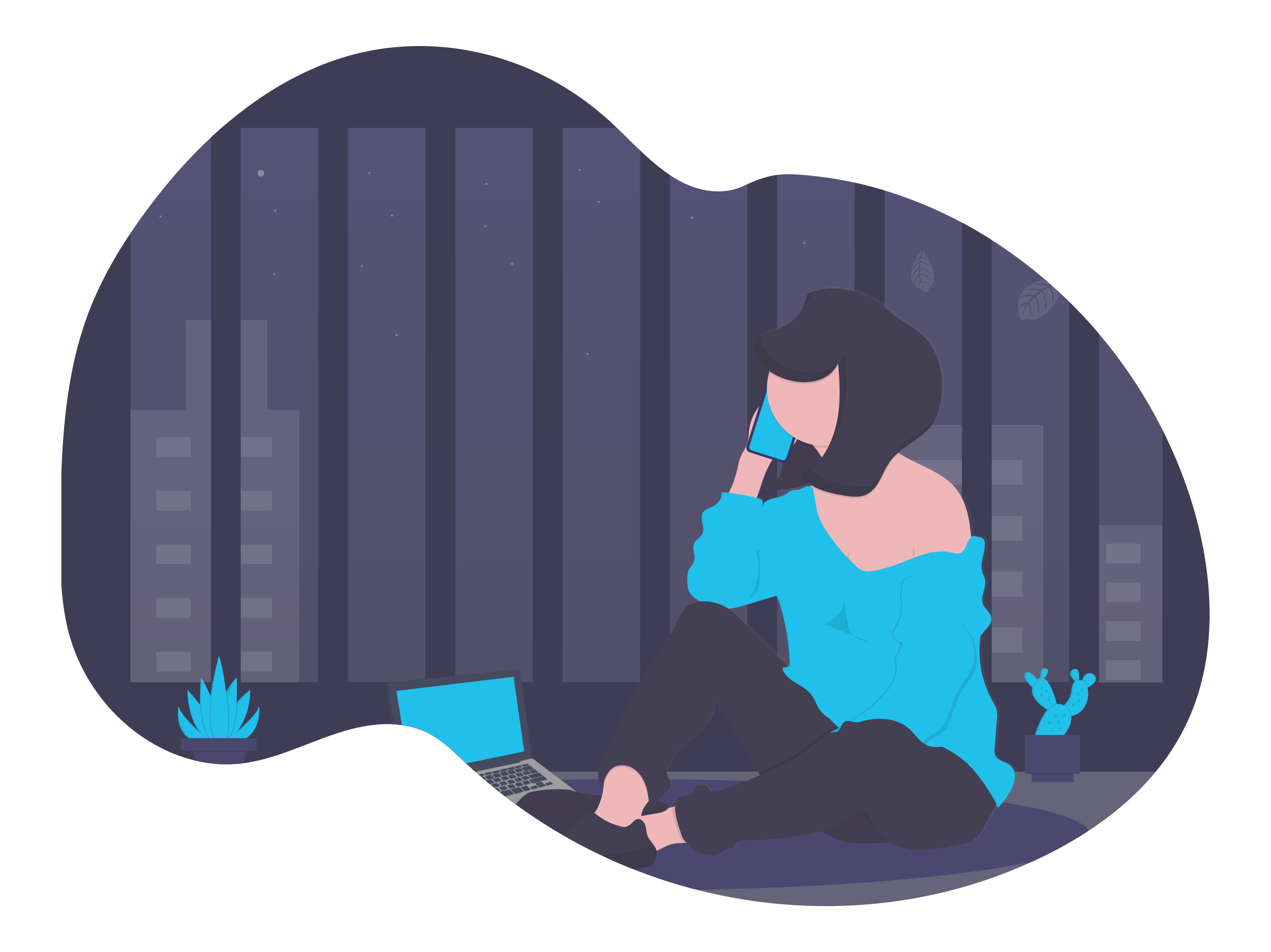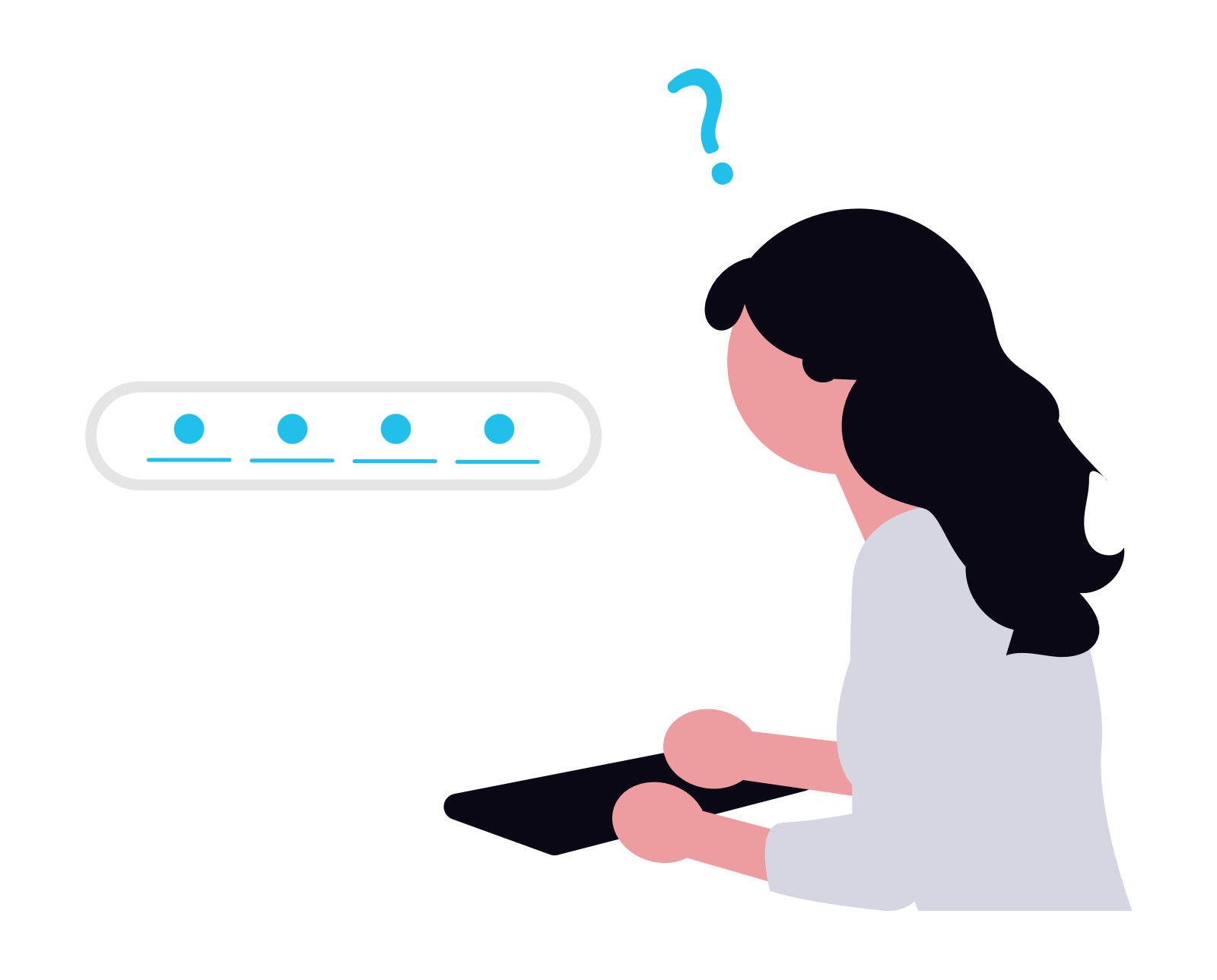AI receptionists are becoming increasingly adopted by healthcare clinics, but how do they actually work? This step-by-step article will guide you through the process of how AI receptionists work in clinics, from connecting your Practice Management Software (PMS) or Electronic Health Record (EHR), to recognising patients and handling enquiries.
If you're completely new to AI receptionists, check out our in-depth article: What is an AI Receptionist: A Beginner's Guide for Clinics.
Just to recap, an AI receptionist is a platform designed to automate patient communication for healthcare clinics. This means automating phone calls, messages and even emails, allowing patients to contact your clinic to manage appointments, ask questions and more.
How an AI Receptionist Works in Clinics: Step-by-Step
Connecting to Your PMS/EHR
The first step is to connect your PMS/EHR, such as Cliniko, Nookal or PracticeHub. This can be done by generating an API key from within your PMS/EHR account. You will then be prompted to enter this API key when creating your account for the AI receptionist. This then allows the AI receptionist to access all the relevant information for your clinic, such as patient records, appointment types and availabilities.
Setting Up Your AI Number
To set up calls, AI receptionists use VoIP numbers. These new AI numbers are separate from your existing clinic phone number. When calling the AI number, a patient will be able to speak directly with AI in order to ask questions, alter appointments, etc.
Going Live with Patients
In order to put the AI number in front of patients, call forwarding must be set up to divert calls from your clinic number to the AI number. This is the same process used by call centres or virtual assistants.
How an AI Receptionist Handles Patient Enquiries: Step-by-Step

Recognising Patients
The first step to any enquiry is to recognise the patient calling. AI receptionists do this by matching the caller ID of the patient to any patient records in your connected PMS/EHR. If a matching record is found, the AI can then access details for that patient, such as upcoming appointments, allowing the patient to alter them or book a new one. If a record isn't found, the AI receptionist can create a new one directly in the PMS/EHR.
Booking or Altering Appointments
When the patient requests to book an appointment, or alter an existing one, the AI receptionist pulls any availability for the appointment type in question.
Answering Questions
Patients can ask questions about your clinic, such as directions or information on parking. When a question is asked, the AI receptionist will pull any relevant information from the clinic website, or any alternative documentation provided.
Leaving Messages for the Clinic
Patients can also leave messages for your clinic, as well as add notes to their upcoming appointments. This is useful, for example, when a patient is running late for their appointment and needs to notify the clinic.
Escalating to a Human
The ability for an AI receptionist to escalate calls to a human when needed is essential, allowing your clinic to retain that personal touch. This is usually done in one of two ways: Firstly, call forwarding allows the call to be transferred across to a human instantly via a secondary phone number. Secondly, leaving a message sends a notification to the clinic, prompting a human member of the team to call the patient back at a later time. A combination of both of these is often good for distinguishing between clinic opening hours and out of hours.
Benefits
The main benefit of implementing an AI receptionist to handle patient enquiries is streamlining your clinic to reduce costs associated with traditional patient administration. With AI receptionists developing quickly, more functionalities are being added to support different communications between patients and the clinic, such as appointment reminders and even website chatbots.
Limitations
Limitations in how an AI handles enquiries vary across different platforms, depending on the level of development and features each one has. These features are often dependent on what can be accessed via the API integration with the respective PMS/EHR. Some are more limited in scope than others, meaning the patient experience can be different even if you use the same AI receptionist. It's important to consider whether your PMS/EHR keeps developer tools up to date, as this allows the AI receptionist to handle more enquiries through a variety of different circumstances.
Conclusion
AI Receptionists work in clinics by connecting to your Practice Management Software (PMS) or Electronic Health Record in order to access patient records, appointment types and availabilities. The AI receptionist can then confirm if the patient is new or existing, allowing it to book or alter appointments, answer questions, leave messages for the clinic, or escalate the call to a human. Some AI receptionists have more features than others, but it's important to consider whether the PMS/EHR you are using promotes the use of its API integration for AI receptionists.

